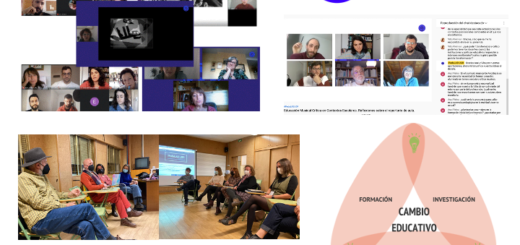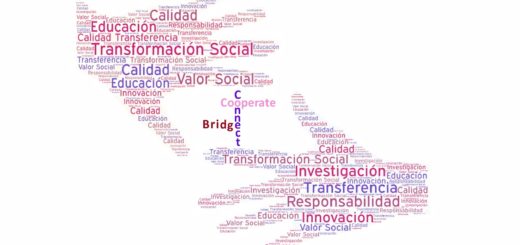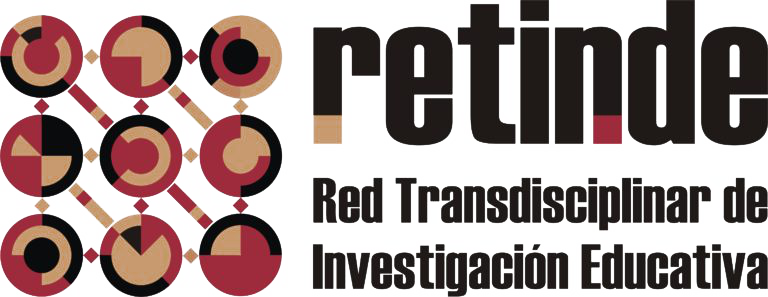One planet, many views: young people with ASD explore Earth from space
The activity, held in the Solís building of the Faculty of Education of Salamanca, was much more than a scientific exhibition. It was a meeting of views on the planet, where curiosity, sensitivity and knowledge were intertwined in an inclusive learning space. The Science On a Sphere – an augmented reality tool developed by NOAA (National Oceanic and Atmospheric Administration) – projected satellite images in real time to explain phenomena such as climate change, pollution, the solar system, biodiversity and human impacts on ecosystems.
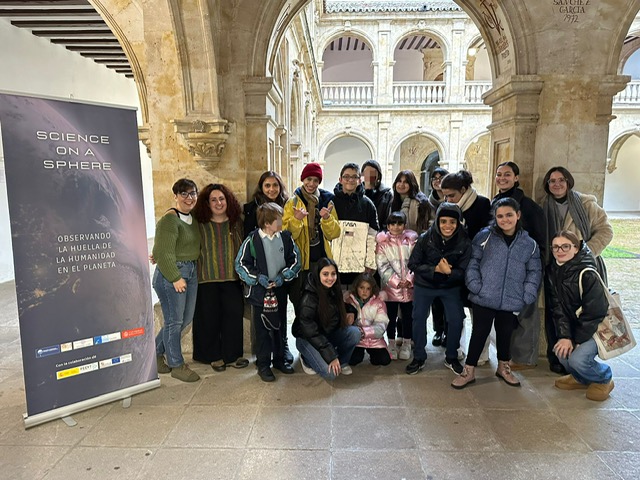
Learning from wonder
The objective of the project, in the words of its leader Camilo Ruiz, is clear: “to show our planet from space to help us understand its global problems and urge us to take care of it as our only possible home”. This vision, inspired by Carl Sagan’s famous speech “A Pale Blue Dot”, takes on special relevance when shared with people who, like the young people of Fundaneed, live and feel the world with a singular perception.
During the session, the immersive projections and visual data triggered questions, connections and comments that showed not only great interest, but also profound knowledge on the part of the participants. Far from being mere spectators, they became true protagonists of the activity, questioning, reflecting and sharing their knowledge about the environment.
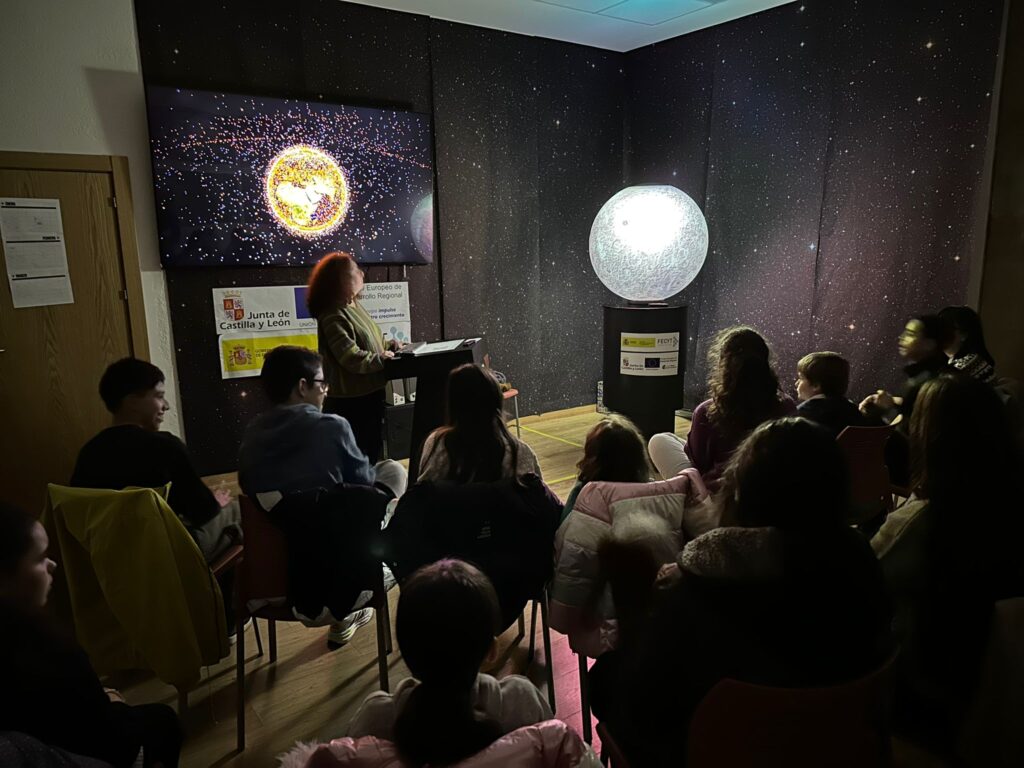
These exchanges revealed something fundamental: it was not just a matter of teaching science, but of recognizing and dignifying the knowledge that already inhabits the bodies and minds of these boys and girls. Their relationship with the planet, charged with sensitivity, logical analysis and ethical commitment, highlighted that inclusion is not only about adapting formats, but also about actively listening to and valuing other ways of understanding the world.
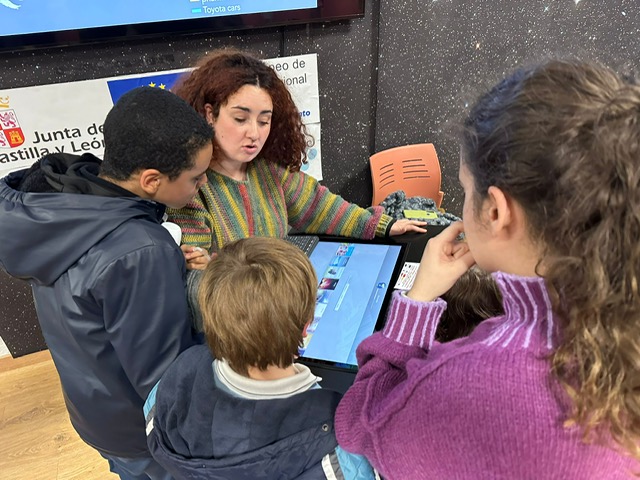
Accessible technology for inclusive science
Science On a Sphere is part of an ambitious project that seeks to democratize access to science and foster an informed, critical citizenry committed to sustainability. To this end, specific activities have been designed for different audiences, with special attention to groups traditionally distanced from scientific dissemination, such as people with functional diversity, the elderly, students with special educational needs and people in situations of social vulnerability.
Thanks to the collaboration with institutions such as the Fundación Salamanca Ciudad de Cultura y Saberes and entities such as Fundaneed, an accessible and adapted program is guaranteed. In the case of groups with ASD, aspects such as the predictability of the environment, visual aids, slow rhythms and respectful interaction were taken care of, creating a safe and stimulating context.
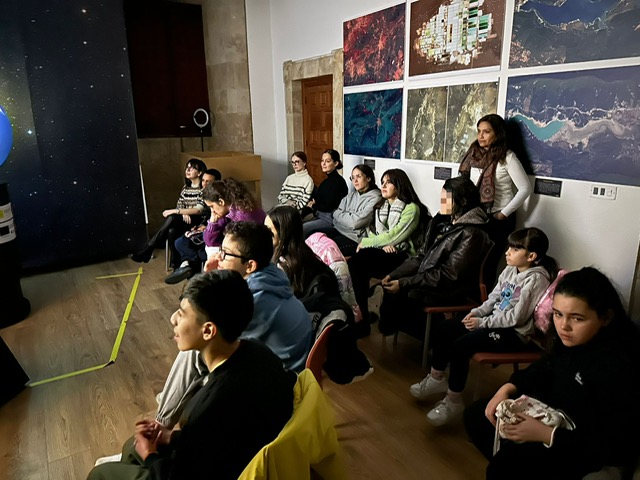
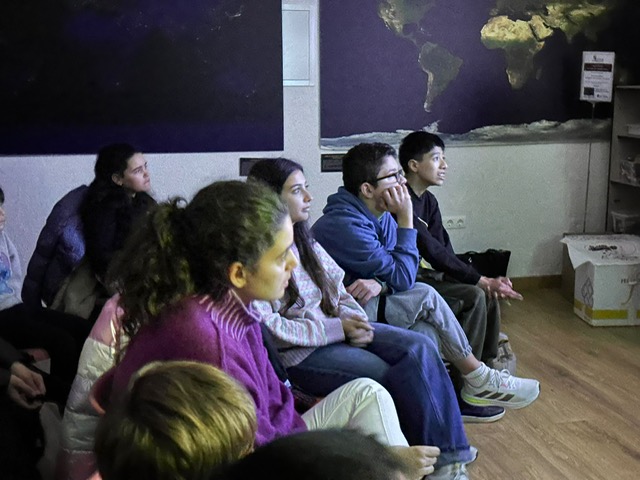
The spherical installation, with its immersive representations, facilitates a visual and multisensory understanding of complex concepts. Through it, children and young people were able to explore everything from the distribution of temperatures on the planet to ocean circulation, the impact of waste and greenhouse gas emissions. This approach, based on the learning-by-phenomena methodology, enhances not only knowledge, but also critical thinking and environmental awareness.
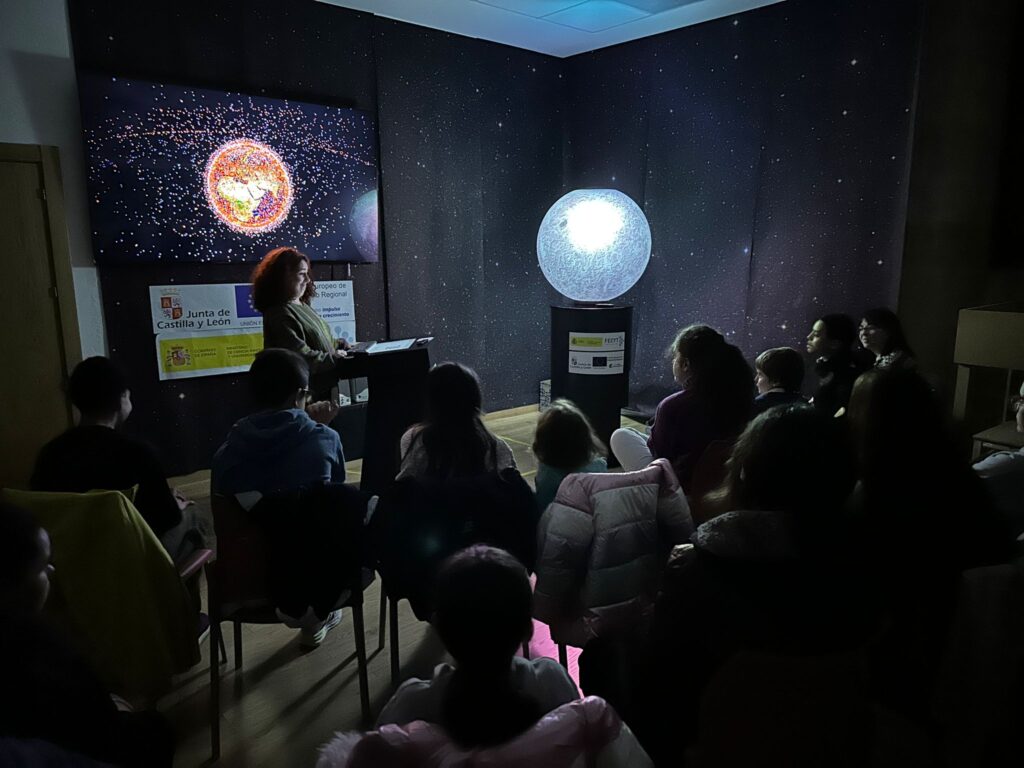
An educational challenge and an ethical opportunity
The experience with Fundaneed not only confirms the relevance of this type of project, but also directly challenges the educational and scientific system: are we knowing how to generate real and meaningful contexts of participation for all students? What do we lose when we do not include the voices of those who, for reasons of neurodivergence, are systematically excluded from scientific narratives?
This conference showed that young people with ASD not only have much to learn, but also much to teach. Their way of asking questions, of establishing relationships between data, of expressing concern for the future of the planet or of envisioning solutions is valuable and should be incorporated into discourses on sustainability and citizen science.
We cannot afford to continue talking about climate change without fully integrating cognitive and sensory diversities. The climate crisis is also a crisis of epistemic justice: whose knowledge is legitimized, whose voices are amplified and whose are silenced.
Sowing awareness from plurality
The activity developed with the Fundaneed Foundation within the Science On a Sphere project reminds us that science education is not only a question of content, but also of links. Educating about the planet implies generating an ethical relationship with others, with those who think, feel and experience differently. It also implies a commitment to equity, accessibility and mutual recognition.
That day, in the spherical projection room, we did not only talk about the planet. Relationships were woven, certainties were questioned, new questions were raised. And, above all, we glimpsed an educational future where science is not taught from above, but is built with everyone, based on diversity and respect.
The planet needs urgent solutions, yes, but it also needs new perspectives, unsuspected questions and a science that embraces the plurality of human experiences. The experience lived with the young people of Fundaneed showed us that this path is possible. And profoundly necessary.
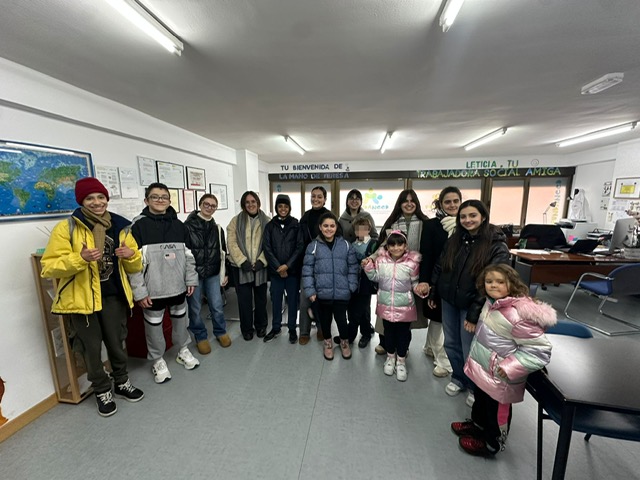

Authors:
Ana Iglesias Rodríguez (GIR Inforal. University of Salamanca)
Camilo Ruiz Méndez (GIR Education, Mathematics, Science and Climate Change -E_MC^3-. University of Salamanca)
